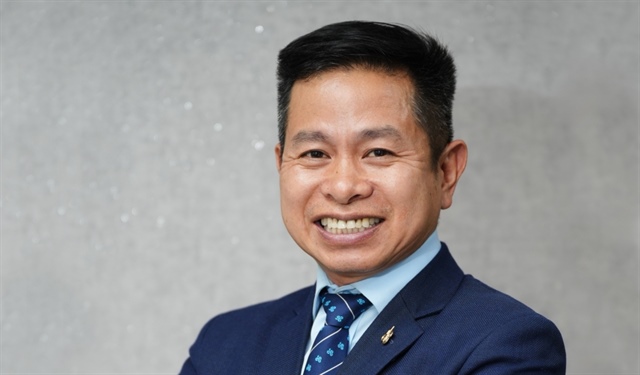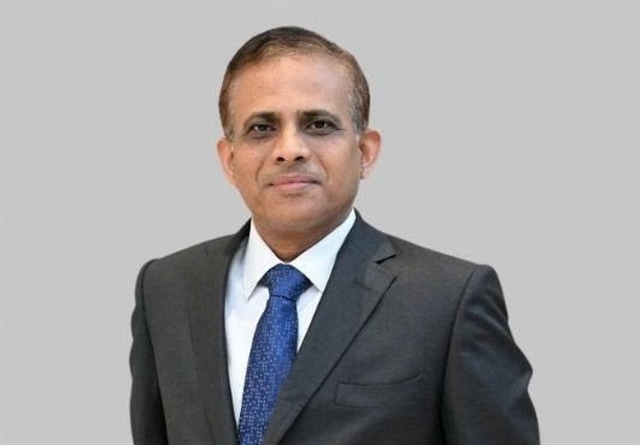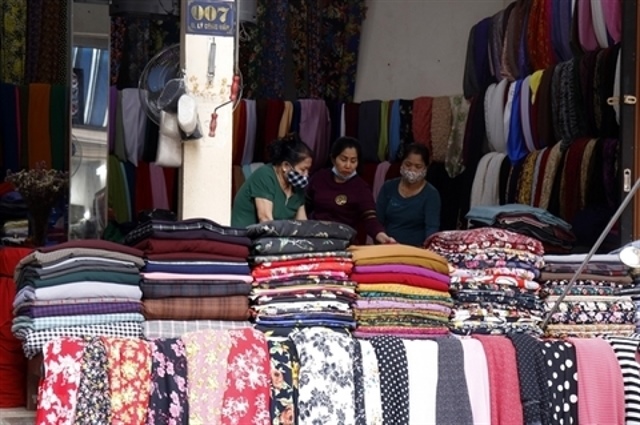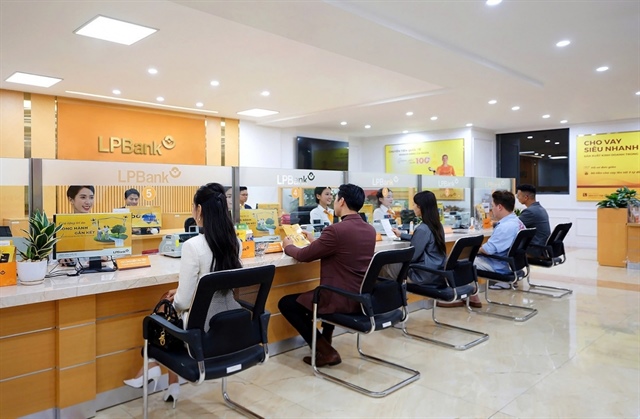The myriad of methods for banks to chase for debtors
The myriad of methods for banks to chase for debtors
Chasing for debtors is really a strained race that commercial banks have to use all of their mental power and material resources to obtain their goal.

Under the current laws, one asset could be used by one borrower to mortgage at different banks for different loans. As a result, once the borrower falls into insolvency, all the banks have the right to distrain the asset for collecting debts. In the race for distraining the asset, only the most “nimble footed” can win.
In 2012, Bianfishco, a big seafood company in Can Tho City, which was on the verge of bankruptcy, became the “aiming point” of many creditors. The four powerful commercial banks namely VDB (the Vietnam Development Bank), the Saigon-Hanoi Bank, which represented Habubank, the lender, after the merger, BIDV (the Bank for Investment and Development of Vietnam) and ACB (Asia Commercial Bank) all stated that they were the involved parties in the sum of 25 million of Bianfishco’s stakes that Nguyen Thi Dieu Hien, the owner of Bianfishco, mortgaged for the loans.
The race for collecting debts from Bianfishco was then so strained, partially because while creditors were strongly determined to ask the debtor to pay debts, the real owner of Bianfishco, Dieu Hien, was in the US for medical treatment.
In fact, the big guy in the seafood sector was the debtor of many other banks. A report about Bianfishco’s debts submitted to the Prime Minister showed that the businesswoman owed VND1.3 trillion to 10 commercial banks in total.
Another well-known debtor was the Phuong Nam Food Processing Company. In September 2012, as soon as realizing that the company might fall into insolvency, a series of creditors, mostly banks, came forward and asked the company to pay debts.
Like Bianfishco, the president of Phuong Nam was then in the US. A representative of Phuong Nam admitted that the company owed money to 7 commercial banks and many other enterprises.
Most recently, local newspapers have reported an occasional case, in which seven commercial banks tried to distrain the assets of Truong Ngan Company in Binh Duong province to collect debts.
The 7 banks sent their staff to the company’s storehouse, where the workers were asked to supervise it, which their believed contained of thousands of tons of coffee. The coffee products were the only collateral Truong Ngan mortgaged at the 7 banks for the loans.
Once Truong Ngan reportedly fell into the insolvency, the 7 banks rushed to the company in a hope to get coffee instead of the money. They had to hurry to the company for the debt collection, because the early comers are believed to have bigger advantages than others in claiming the debts back.
According to an official from the HCM City Branch of the State iBank of Vietnam, Hoang Ngan’s head office is in HCM City, while Binh Duong is just the locality where the company sets up its storehouses.
The involved parties still have not found any solution to the Truong Ngan case.
In late 2011, five commercial banks in Can Tho City also bogged down in a similar case. They rushed to come to the An Khang Seafood Company to distrain the mortgaged asset, a storehouse which was thought to contain thousands of tons of coffee. However, the storehouse turned out to be an empty one.
Nguyen Tri Hieu, a banking expert, believes that this is the tragicomedy which only occurs in Vietnam.
vietnamnet



























